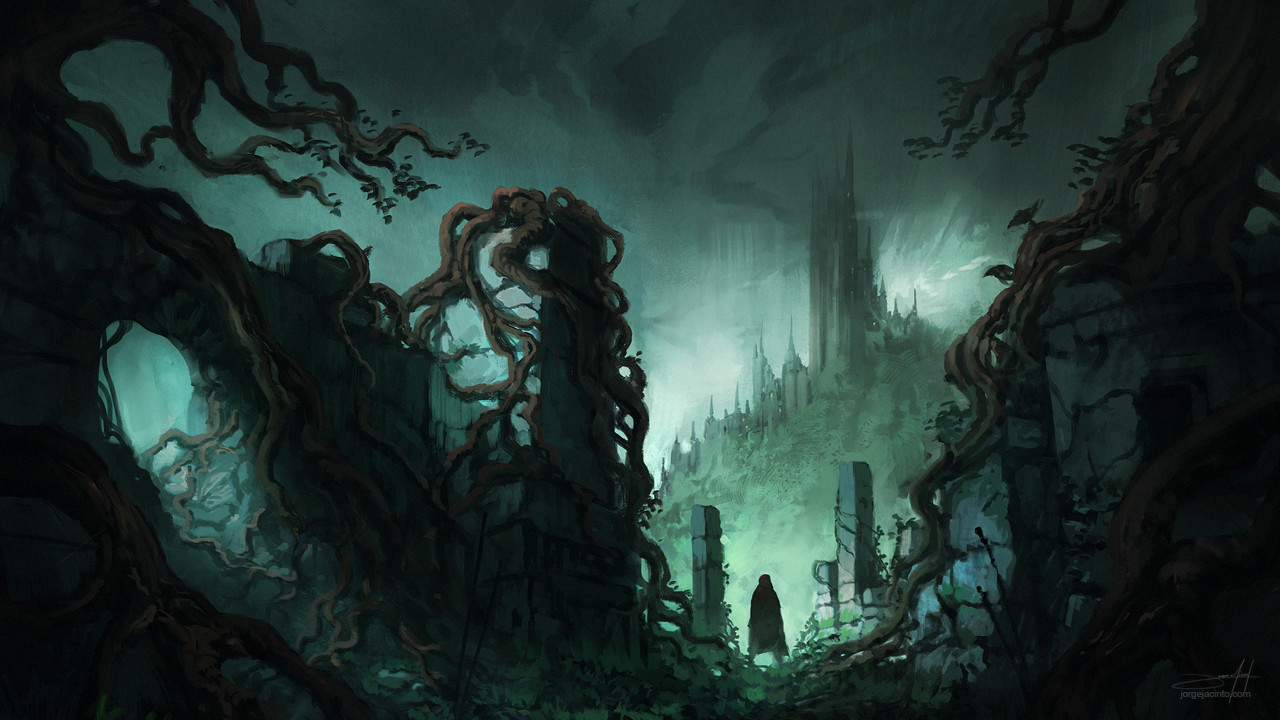Remove these ads. Join the Worldbuilders Guild

Dark Ages Swords Against Darkness
CY 725
Welcome to the Adventure!
The year is 725. Amid the ruins of the once-great Empire of Augusta, barbarian kingdoms have risen in savage glory. In the frozen lands of Skannia, fighters flock to the banner of Harold the Wartooth, who promises to unite the tribes under his rule, although ogres, trolls, giants, and worse threaten from the mountains in the far north. To the west lies the Isle of Albion, where Saxon, Cymbrian, and Pict struggle for supremacy, while the pirates of Eriu ply the seas, and goblins and orcs nest in caverns far from the light of men. On Ereba proper, the Visigothic raiders who plundered the rich imperial province of Iberia have themselves been overrun the armies of the Ummayad Caliphate, which extends along the whole northern coast of Affrik and threatens the islands of Sikilia, Sardinus, and Kors. Frankish lords are brought to heel under the iron rule of that fierce warlord whom men call the Hammer of the Franks, though corrupt monks call upon half-forgotten gods in remote abbeys far from civilization. Meanwhile, the remnants of the Empire hold out in the Eternal City, where the Archcleric of Amon is protected by the forces of the vigorous Longobardic King Hlotbrand, and in the ancient city of Byzantios, where the Emperor wallows in corrupt splendor, while his ships, armed with the secret of Greek fire, guard access to Sea of Zalpa with its luxurious trade in silk and spice, and his soldiers, swollen with barbarian mercenaries, keep the forces of the Caliphate at bay.
The call for heroes goes out. Here, in the rubble of the past, amid elf-haunted forests and goblin-held mines, where the beastmen cavort under the pale lights of the twin moons Eä and Isil, and loathsome hags lurk in thicket and fen, waiting to snatch unwary travelers and drag them to their muddy lairs, where desperate brigands, savage pagans, and fierce nomads raid the civilized lands, here, in this uncertain world, where strength and cunning mean more than family and birth, where the blade in the dark is turned aside by the hairsbreadth chance of sheer luck, here the way to fame and glory lies open to any bold or foolish enough to follow its shifting, serpentine path.

